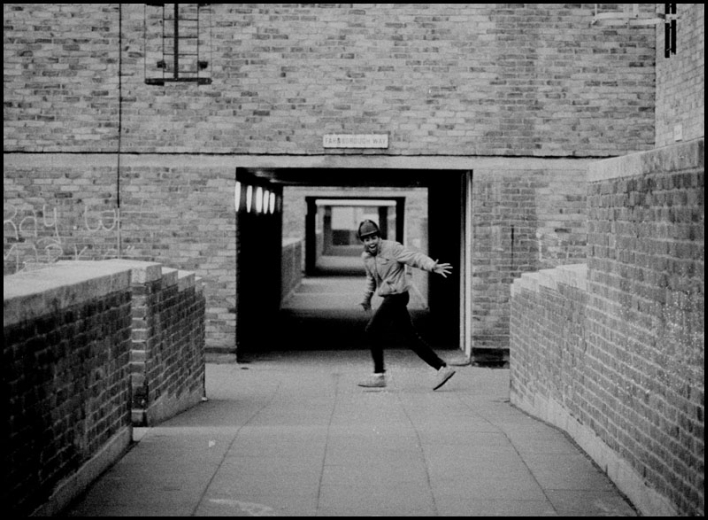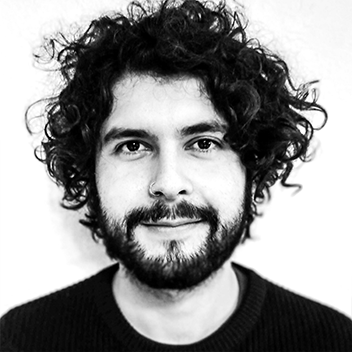'we shape our buildings and afterwards our buildings shape us'
Posted on 07-02-2023
An academic secondment developed within the RE-DWELL network represents a remarkable opportunity to expand the boundaries of local academic setups, to foster collaboration and exchange, and ultimately to sow the seeds of transdisciplinary research. In my case, I had the chance to spend these two months at the IUGA, Institut d'urbanisme et de géographie alpine, of Grenoble Alps University. This was not only the perfect excuse for me to finally pick up the diploma of my Master's degree I had done there a few years ago and could not get because of COVID, but also to be once again among geographers and urbanists in this contrasting conurbation, recently awarded green capital of Europe, surrounded by the Alps, traversed by hundreds of kilometres of bike paths and coloured by vivid street art murals.
The time there allowed me to refine but also problematise the conceptual and methodological framework of my research project. Oftentimes this can become one of the most challenging tasks in an investigation, and concepts such as theory, conceptual framework, methodology, etc. can be intimidating and difficult to handle. I decided to use some of the time I spent there and in view of a paper that I had to submit to the RE-DWELL conference, to re-imagine a possible different approach to assessing the social value of housing design through Post-Occupancy Evaluation (POE).
In recent decades, architecture geographers have questioned the way buildings and urban spaces are studied. Focusing on their impact on society and on their users, they have used qualitative methods to conduct studies of life and everyday patterns of behaviour within spaces, providing a scholarship and expertise that could be used to better understand the impact of residential architecture through POE. The methodology of researchers such as Jacobs, who see buildings as "occupied performative events" (Jacobs, 2006, p.10), is particularly compelling. They view the process of meaning-making as one that is negotiated through socially mediated practises of everyday life. Accordingly, buildings are not static objects but living entities that are 'made' or 'unmade'. Therefore, a building is understood as such as long as its users and the systems that make it up reaffirm their relationships on a daily basis. Buildings and people are part of an assemblage where time also plays an essential role. In a way, this is not far from what Stewart Brand (1995) wanted to convey with the 'Shearing layers of change'. If buildings are made up of complex systems that are intertwined with their users, the methods needed to study them must be able to capture these intricate relationships, which cannot be explained exclusively from either a social or a technical perspective.
These authors used actor-network theory ANT to formulate their investigations. This methodological approach to the analysis of inhabited spaces allows for a very complex representation of the various relationships that can exist between systems and inhabitants within buildings. The so-called 'building events' are the vehicle used by Jacobs et al. (2010), Lees & Baxter (2011) and Rose et al. (2010) to go about the investigation of the built environment by looking at the feel of buildings, feelings in buildings and feelings about buildings in a very detailed way (Rose et al., 2010), complemented by ethnographic methods and participant observation. These methods enabled them to unpack very revealing accounts of the experiences of housing estate residents, in which architectural features of key spaces within the realm of the housing estate are catalysts for human emotions that transcend the boundaries of physical space. Narratives that provide complementary insights into the territorialisation of feelings and emotions and the impact of places on citizens' quality of life.
The way architects and other professionals involved in design do research on the built environment can benefit enormously by adopting systematic research methods in collaboration with academics. POE can become the backbone of the strategy that allows us to demonstrate the value we co-create and sustain learning loops within the praxis. And as this brief account shows, geographers can open up new avenues of collaboration through research that will hopefully yield a fuller picture of the relationships between people and the places they inhabit.
References.
Brand, S. (1995). How buildings learn: What happens after they’re built. Penguin.
Jacobs, J. M. (2006). A geography of big things. Cultural Geographies, 13(1), 1–27. https://doi.org/10.1191/1474474006EU354OA
Jacobs, J. M., Cairns, S., & Strebel, I. (2010). More on “big things”: building events and feelings. Transactions of the Institute of British Geographers, 35(3), 334–349. http://www.jstor.org/stable/40890991
Lees, L., & Baxter, R. (2011). A ‘building event’ of fear: thinking through the geography of architecture. Social & Cultural Geography, 12(2), 107–122. https://doi.org/10.1080/14649365.2011.545138
Rose, G., Degen, M., & Basdas, B. (2010). More on “big things”: Building events and feelings. Transactions of the Institute of British Geographers, 35(3), 334–349. https://doi.org/10.1111/J.1475-5661.2010.00388.X


